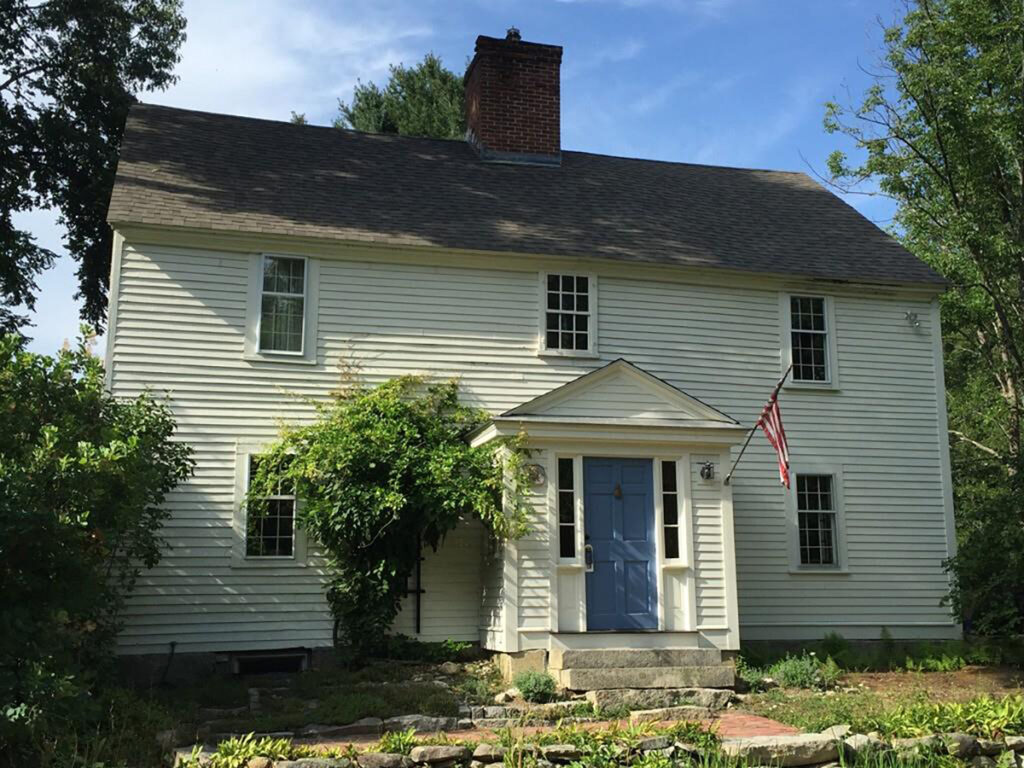
Older homes can be challenging to maintain or update, but they do often come with perks: a sense of history, quirks that add character – and practical features that help your home operate more efficiently.
Before modern HVAC systems or construction techniques, homebuilders maintained comfortable temperatures however they could. In fact, studies show housing built before 1940 still requires less energy to heat and cool than buildings that went up after.
Rediscovering those features, as well as enhancing them however you can, can highlight easier ways to make your home more energy-efficient.
And when you do add upgrades, understanding your home’s origins can help you get the most out of your choices – without hurting the historic character of the building.
Understanding Your Home's Context
New England’s housing stock is among the oldest in the country. The median age of housing in Massachusetts is 61 years old – only New York state has an older median age in the U.S.– while the other New England states are close behind.
This means plenty of homeowners now are trying to keep their homes comfortable in a warmer climate than the house was built to accommodate, as the number of extreme temperature events has risen in the past few decades.
New England homes were traditionally built to retain heat, so keeping your home warm in the winter is probably an easier lift than cooling it off in hotter, more humid summers. Small, low-ceilinged rooms with smaller windows can keep heat from escaping, but are less welcome when summer hits and you want to circulate cooler air.
Even the direction in which homes were positioned was often meant to avoid cold – for example, saltbox-style houses are often sited with the roof sloped down toward the north, so the icy north wind more easily goes up and over the roof, keeping the house warmer in winter.
Here are a few common historical features that can maximize efficiency, and tips for how to navigate upgrades without damaging your older home.
#1: Thicker Exterior Walls
Older homes often have thicker walls, such as masonry walls, that help regulate temperature, moisture levels, and sound. That means you get a more durable effect from keeping windows shut and heavy shades drawn to prevent air transfer from outside, in both hot and cold conditions.
In the summer, heavy curtains – especially for west-facing windows – can keep heat out. After sundown, create a whole-house draft by opening lower-level, east-facing windows to catch a breeze, and opening top-level windows to expel accumulated heat that has risen upward during the day. (You can help draw the air through by placing an inside-facing fan in front of an eastern window, and another fan facing out an open window on the other side of the house.)
A de-humidifier can help the room feel more comfortable as well – it won’t lower the temperature, but it can reduce the discomfort of high humidity without contributing much more heat.
Suggested upgrades:
- If you’re focused on making your house cooler in summer, make your home exterior a lighter color. Light-reflecting finishes reflect sunlight instead of absorbing it, keeping interior temperatures lower.
- Ensure your exhaust vents are working properly, or install new ones, to usher heat and humidity quickly out of bathrooms and kitchens.
- Insulate walls and attics to better control air flow – but in older homes, be careful. Adding insulation to the wall cavities without ensuring good air circulation can cause moisture to build up, creating mold and rot problems. Older homes were designed to breathe. Ensure you work with a professional to insulate properly.
#2: Efficient Overall Footprint
Older homes – even ones with additions tacked on later – tend to be smaller than newer homes. The median single-family home in the 1960s was 1,500 square feet, but by the early 2000s, it was 2,200 square feet. Your HVAC system doesn’t have to work as hard to control the temperature in smaller rooms. Keep unused spaces closed off, with vents closed as well – wooden doors are often sturdy insulators, and closing all closet doors further cuts down on the amount of space you’re trying to heat and cool.
In addition, window lighting can more easily illuminate spaces. Wherever practical, use natural light to illuminate the inside of your house.
Suggested upgrades:
- Install ductless heat pumps: Especially for homes that were built before ductwork was a common feature, a ductless heat pump is both an efficient heating and cooling unit.
- Plant more trees. More tree cover, especially in a relatively small yard, can help provide meaningfully better shade and cooling for the house in the summer.
- Explore solar panels, even for smaller roofs. Some gabled or mansard rooftops aren’t big enough to accommodate panels, but where possible, even a small array can effectively power a house.
- Create “climate zones.” Some older homes have inconsistent heating and cooling, especially if later additions to the home disrupted air flow, or the new additions have different temperature levels than the original parts of the home. A programmable thermostat can create climate zones throughout the house so you’re getting more climate control in the rooms that are currently in use.
#3: Wooden Doors and Windows
Original wooden doors and window frames can be highly effective insulators, especially if they’re made of thick hardwood and maintained properly. Doors and windows also often have overhangs to block sunlight and wind – porches will reduce the amount of direct heat transfer from the sun.
As long as the doors and window frames are in decent condition, focusing on air sealing or rehabbing those existing parts of the house are the best way to stay efficient, maintain the original look of the home, and keep costs low.
Suggested upgrades:
- Add caulk and weather stripping around doors and windows. According to the EPA, a gap of just 1/8 of an inch under a 36-inch door lets in as much air as having a 2.4 inch wide hole in the wall.
- Make sure your windows are fully operable so you can easily open and close them to take advantage of cool breezes. Old storm windows – or replacement windows that haven’t aged well – can be a hassle to operate and make it much harder to enjoy natural efficiencies in your home. You might also consider upgrading from single-pane windows to double- or triple-panes, which add efficiency without marring the historic aesthetic of the house.
- Consider operable shutters or wooden slats for windows, so you can keep out sunlight but allow breeze to come through.
Lean on Professional Help For Careful Upgrades and Maintenance
Energy assessments are even more critical with historic housing, because air sealing can make a big impact on how moisture moves throughout the building. An experienced assessment can also look for problems common in older homes, such as uninsulated water pipes.
Professionals can help you safely update your historic home, and also highlight maintenance issues that help keep it in good condition for decades to come.
Schedule your assessment today and take the first step toward a comfortable home. Call (781) 776-5711 or contact our team to get started!
